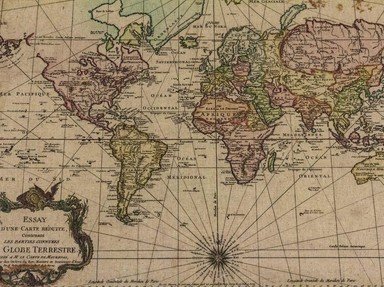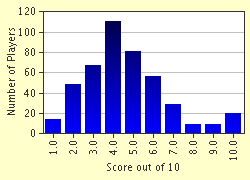Quiz Answer Key and Fun Facts
1. Which of these things important to the existence of the Silk Road happened last?
2. What did General Zhang Qian do in 138 BCE that was important to the development of the Silk Road?
3. Which of these facts about the geography of the Silk Road is true?
4. For most of its existence, the Silk Road was the only way to reach China or for Chinese goods to reach the West.
5. These three religions entered China via the Silk Road, took hold, and flourished.
6. Although silk and religion were two of the most important things traded along the Silk Road, there were of course others, such as tea, dyes, precious metals, and horses. Which of the following was the oasis city of Khiva most famous for?
7. In the Western world, the most famous Silk Road traveler is of course Marco Polo. Although he was born in what is now modern Croatia, he is most closely associated with a city that was, in his time, a center of importing, banking, and general all-around beauty. Where was Marco from?
8. The days of the Silk Road's glory waned gradually as the centuries passed. One man in particular had a hand in the damage: Timur Leng, known to the West as Tamerlane. He was the last of the great nomadic Central Asian warrior leaders, and in an effort to strengthen the Silk Road and make it his exclusively, he rampaged along the route and destroyed much. Which of these Silk Road cities was Timur's capital?
9. Unfortunately, one of the last things to be imported to Europe via the Silk Road was the bubonic plague. How is it thought to have entered?
10. The Silk Road still exists today.
Source: Author
LilahDeDah
This quiz was reviewed by FunTrivia editor
minch before going online.
Any errors found in FunTrivia content are routinely corrected through our feedback system.

